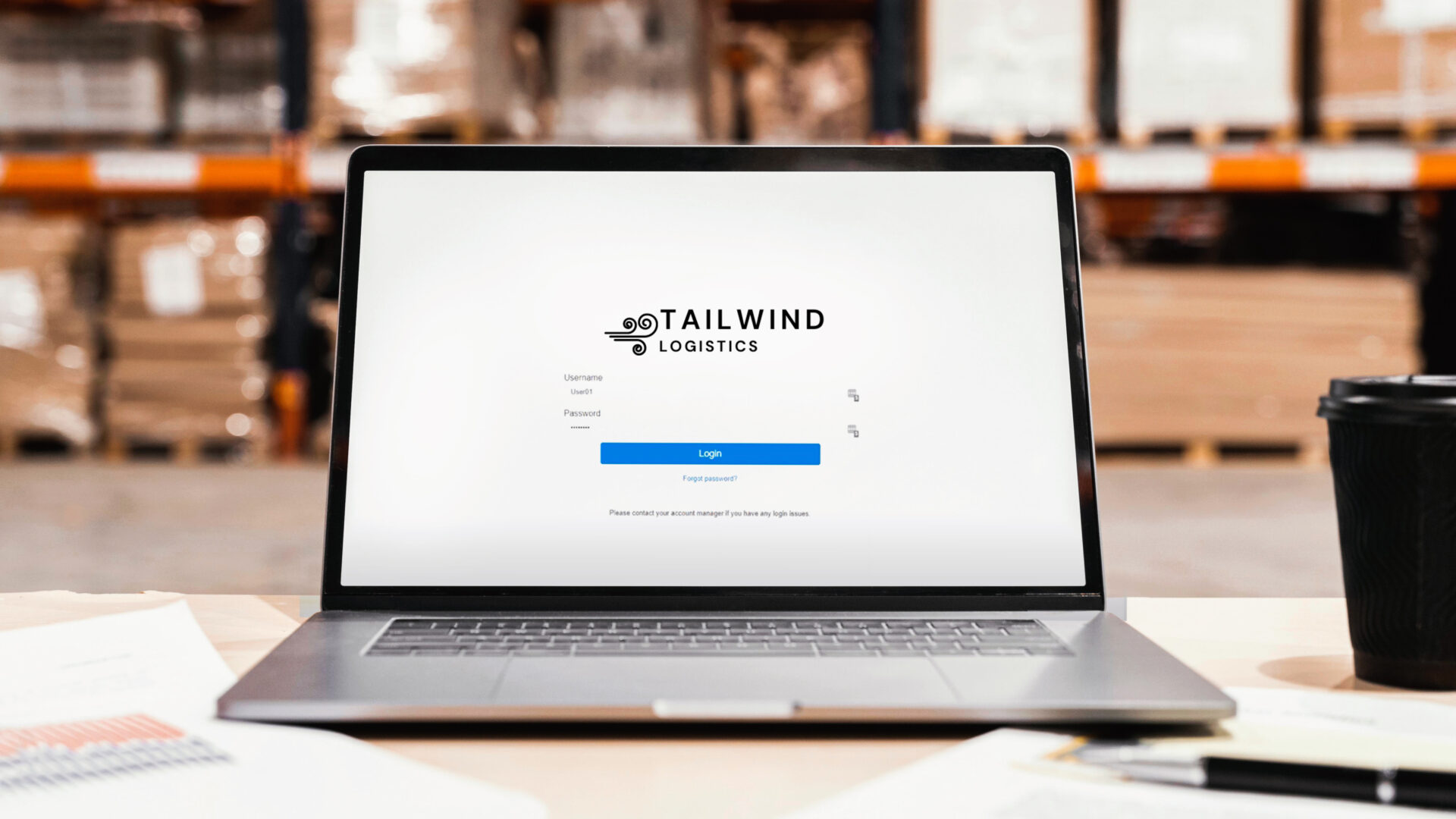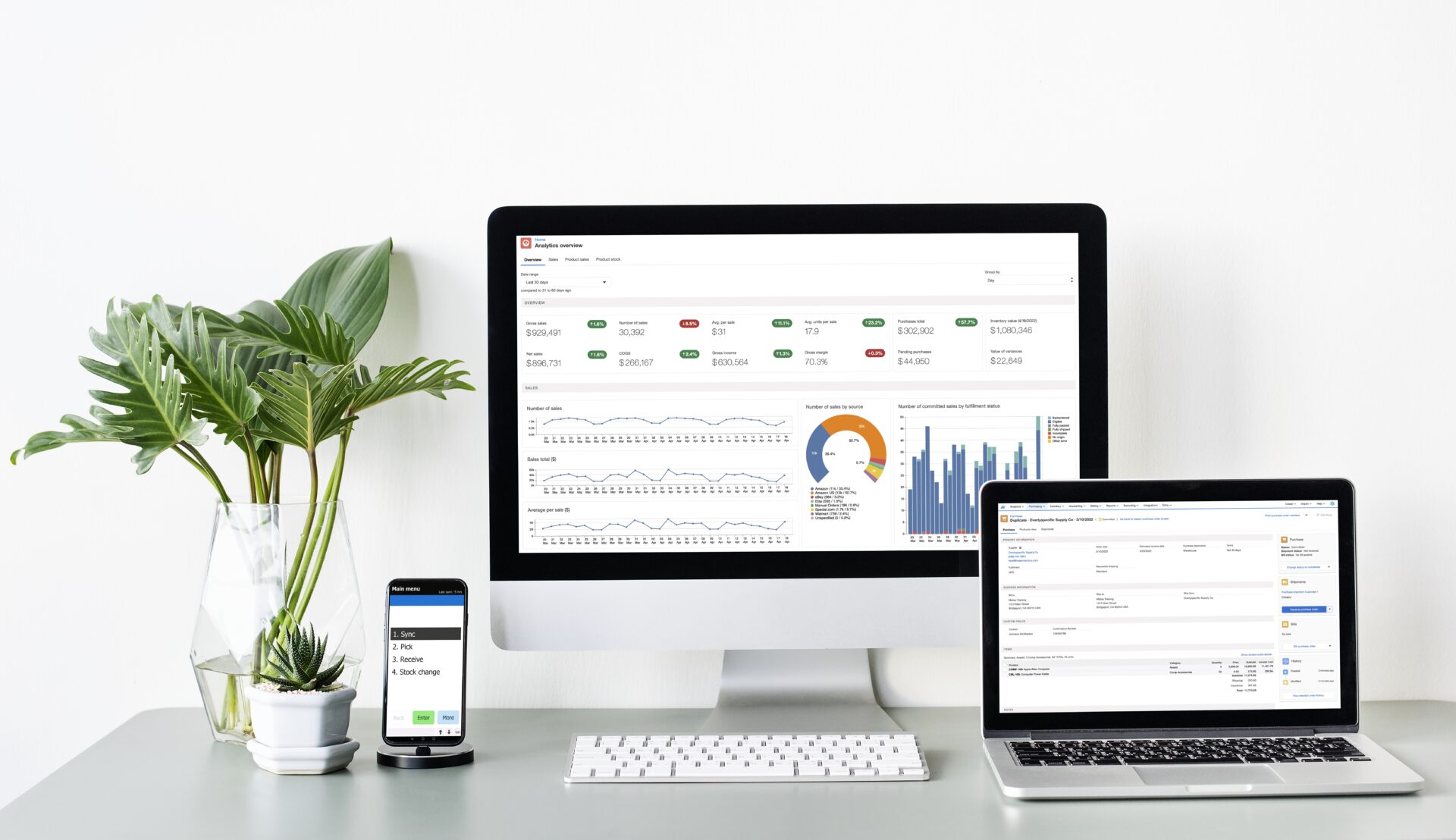Mastering Economic Order Quantity (EOQ): Definitions, Formulas, and Calculations
Learn the essentials of Economic Order Quantity (EOQ): definitions, formulas, and calculations for optimized inventory management.
Essential B2B eCommerce Store and Sales Portal Features
In the world of B2B eCommerce, having a well-equipped online store and sales portal is crucial to the success of any business. With the increasing demand for digital transactions and the convenience of online shopping, businesses need to ensure that their eCommerce platforms are equipped with the essential features to meet the needs of their…
Finale Inventory: Comprehensive Inventory Management Software Overview for Ecommerce
Finale Inventory offers comprehensive ecommerce inventory management, automating processes, integrating with major platforms, and enhancing efficiency and accuracy.
Free Purchase Order Templates: 5 Options for Efficient Business Management
Explore five free purchase order templates to streamline business operations, ensure accuracy, and enhance efficiency in your purchasing process.

What is an ERP System? Understanding Definitions and Examples
An ERP system integrates various business functions into a unified platform, enhancing efficiency, decision-making, and collaboration through AI and cloud computing advancements.
Understanding Raw Materials: Definitions, Formulas, Types, and Importance
Learn about raw materials in ecommerce: definitions, formulas, types, and importance. Discover strategies for effective management and sustainable sourcing.
The Best Inventory Management Solutions for Ecom Sellers
Efficient inventory management is vital for ecommerce success, preventing stockouts and excess inventory. Discover how Finale Inventory can streamline operations and enhance customer satisfaction.
Will Shopify’s inventory management tools help you grow in the future?
As a growing Shopify merchant, you may be facing a conundrum: Shopify’s world-class ecommerce suite has supported your success so far – but you may be wondering whether its built-in tools can take you to the next level. As you add fulfillment options, sales channels, and stock locations, change suppliers, or are feeling the heat…
5 Inventory Management Mistakes to Avoid in 2024
Balance sales growth with inventory management excellence. Learn about proper handling of inventory to avoid overselling, improve profitability and manage your business proactively.
Understanding ABC Analysis for Better Inventory Management
Learn the essentials of effective inventory categorization with ABC inventory analysis and its impact on your business strategy.
Ease into Excellence: Onboarding with Finale Inventory
Change can be daunting. The thought of integrating a new system or tool into your current process can often feel like preparing to climb a mountain – strenuous and time-consuming. But what if we told you that with Finale, it’s more like a stroll in the park?…because that’s our goal, and we’ve been told it’s…
Mastering Financials in Ecommerce: Control QuickBooks Online With Classes
Are you struggling to keep track of your business finances? You’re not alone. Many sellers excel in providing top-notch products and services but find financial management, especially detailed accounting, daunting. That’s where QuickBooks Online class tracking in Finale comes into play. This blog will explore how class tracking can simplify financial management for ecommerce businesses…
ShipStation vs. Finale: Barcoding Software Face-Off
Barcoding solutions are vital tools for businesses to streamline their operations, minimize errors, and ensure inventory accuracy. With a myriad of software options available, it can be overwhelming to choose the right one. Today, we present a side-by-side comparison between two leading barcode management tools: ShipStation and Finale Inventory. 1. Hardware Compatibility Both ShipStation and…
Finale Inventory vs. SkuVault: A Comprehensive IMS Comparison Tailored for SMBs
Efficient inventory management is pivotal to the success of your ecommerce business, and choosing the wrong one can have long-lasting impacts that can set your business back financially and competitively. For ecommerce sellers, two inventory management software front-runners are Finale Inventory and SkuVault, as both offer a range of tools to optimize inventory control, order…
Demand Planning for Q4: A Comprehensive Inventory Guide
Quarter 4: a season synonymous with festivities, family reunions, and fervent shopping. For businesses, it means meticulous planning to get ahead of Q4 in order to navigate the whirlwind of sales, promotions, and elevated customer expectations. Let’s explore the intricacies of Q4 inventory demand planning, and we’ll talk over some action ideas for sellers to…
Navigating the Tightrope: Overselling in eCommerce and How to Avoid the Pitfalls
In the dynamic world of ecommerce, overselling is a term that’s no stranger to industry experts but is feared even among the most experienced of sellers. Overselling can send your business spiraling into a vortex of customer dissatisfaction and lost opportunities. Finale Inventory is here to provide strategies to avoid overselling, helping you understand its…
A Decade of Partnership Success: Celebrating 10 Years with ShipStation
At Finale Inventory, we understand the intricacies of ecommerce. Twelve years ago, we set sail on our journey to streamline inventory and warehouse management. We joined forces with an equally ambitious partner, ShipStation, a few years later, whose mission was to simplify the complexities of online shipping. This marked the beginning of a partnership that…
Introducing Finale Inventory’s 3PL Client Portal
Finale’s new 3PL Client Portal feature is just what you need to fulfill a variety of products for your eCommerce clients. Add our new Client Portal feature to your existing account and start saving time and improving your level of client service today.
Finale Inventory is the Perfect QuickBooks Commerce Alternative
If you’re one of the many businesses affected by the August 31, 2023 sunsetting of QuickBooks Commerce, which was initially TradeGecko but renamed after it was acquired in 2020, don’t worry – there’s a reliable alternative. Finale Inventory is an intuitive and cost-effective inventory management software that provides advanced inventory management features, robust reporting capabilities,…
Why Cloud-Based Inventory Management Software is the Key to Your Business Success
Imagine this: You’re a small business owner juggling multiple responsibilities, from managing orders to keeping track of inventory levels. It’s a hectic day at your store, and you’re trying to keep everything organized, but it’s becoming overwhelming. You reach for your trusty clipboard and realize you’ve misplaced it. Panic sets in as you frantically search…





















